CCEA Maths M8 🔢
1/69
Earn XP
Description and Tags
Name | Mastery | Learn | Test | Matching | Spaced |
|---|
No study sessions yet.
70 Terms
Pythagoras
𝑎2 + 𝑏2 = 𝑐2
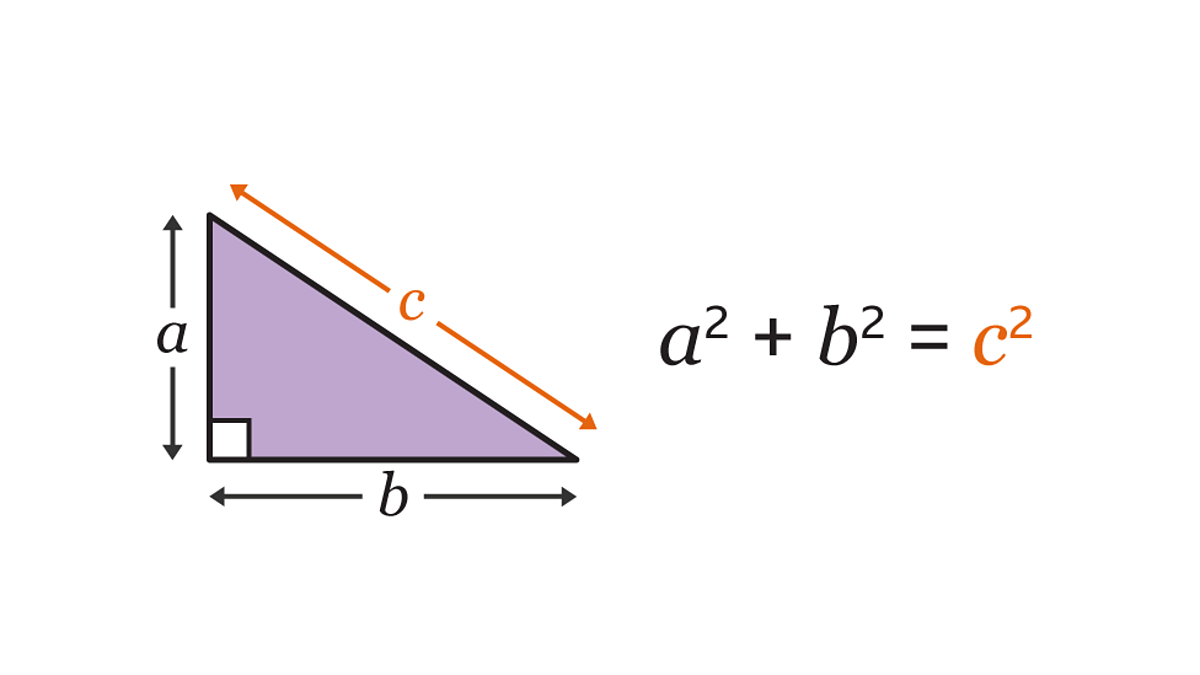
Trigonometry
Sinθ = O/H
Cosθ = A/H
Tanθ = O/A
use
shiftto find angle

Sine rule (formula given)
𝑎/sinA = 𝑏/sinB = 𝑐/sinC
then cross multiply for angles, leave 𝑥 for sides
question gives corresponding pair of angles and sides

Cosine rule (formula given)
𝑎2 = 𝑏2 + 𝑐2 - 2𝑏𝑐cosA
question gives an angle and two sides that form it, asked to find other side

Rearranged cosine rule
cosA = 𝑏2 + 𝑐2 - a2/ 2𝑏𝑐
then use inverse cosine (cos-1) to find A
question gives all three sides and asked to find an angle
Area of triangle (formula given)
area = 1/2𝑎𝑏sinC
question gives an angle and two sides that make it
make angle given or angle to find C

3D Trigonometry
draw appropriate 2D shapes, join points and drop vertical
apply either pythagoras or trig
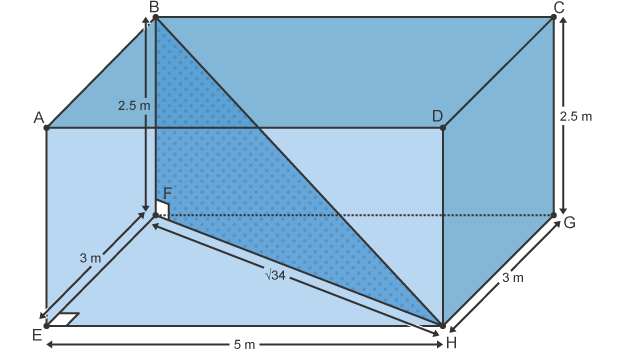
Indices
𝑎m × 𝑎n = 𝑎m+n
𝑎m ÷ 𝑎n = 𝑎m-n
(𝑎m)n = 𝑎mn
𝑎0 = 1
𝑎-m = 1/𝑎m
𝑎m/n = (n√𝑎)m
Angles of elevation/ depression
elevation is above horizontal, depression is below

Standard form
one digit before decimal point (1-10)
count number of spaces moved
moving left is positive power, right is negative
convert to decimal for calculations

Changing the subject
identify the subject and use inverse operations
+ → -
× → ÷
√𝑥 → 𝑥²
may need to factorise if targets appears multiple times
final answer must be subject = the rest
Circle equation (centre 0, 0)
𝑥2 + 𝑦2 = 𝑟2
divide/ multiply equation if necessary to have 1 in front of x and y
may need to sub in values if given other equations
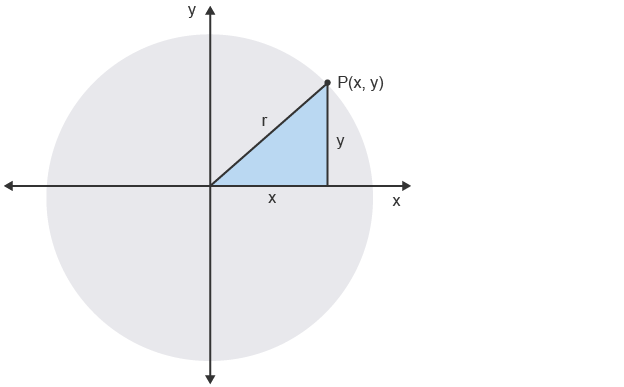
Tangent to circle
perpendicular to radius so gradient is negative reciprocal
sub in x and y at point tangent meets the circle
crosses x-axis at (x, 0) and y-axis at (0, x)
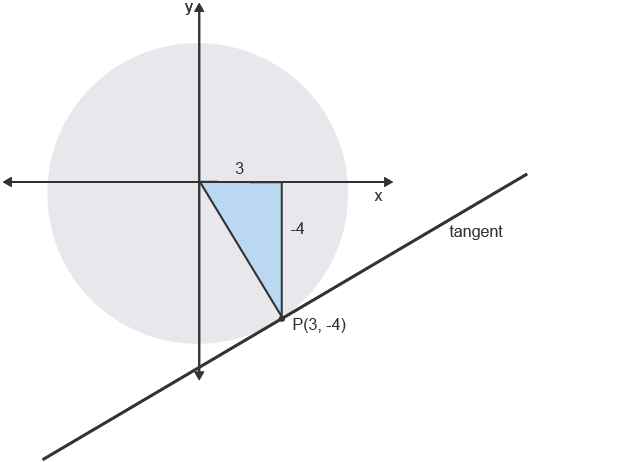
Linear simultaneous equations graphically
draw both equations, solution is where lines cross
e.g cross at (2, 3)
x = 2, y = 3

Linear simultaneous equations by substitution
𝑥𝑦 = 12
𝑦 - 3𝑥 + 9 = 0
*rearrange an equation into the form 𝑦 = *
𝑦 = 3𝑥 - 9
*substitute for y in first equation*
𝑥(3𝑥 - 9) = 12
*calculate values of remaining letter*
3𝑥² - 9𝑥 - 12 = 0 (quadratic)
(𝑥 - 4)(𝑥 + 1) = 0
𝑥 = 4 𝑥 = -1
*substitute into equation to find values of other letter*
𝑥𝑦 = 12
𝑥 = 4 𝑦 = -3
𝑥 = -1 𝑦 = -12
Linear simultaneous equations by elimination
3𝑥 + 𝑦 = 11
𝑥 + 𝑦 = 5
*eliminate one letter from both equations, divide/ multiply if necessary*
3𝑥 + 𝑦 = 11
𝑥 + 𝑦 = 5
*same signs subtract, different signs add*
2𝑥 = 6
𝑥 = 3
*substitute into equations to find value of other letter*
𝑥 + 𝑦 = 5
3 + 𝑦 = 5
𝑦 = 2
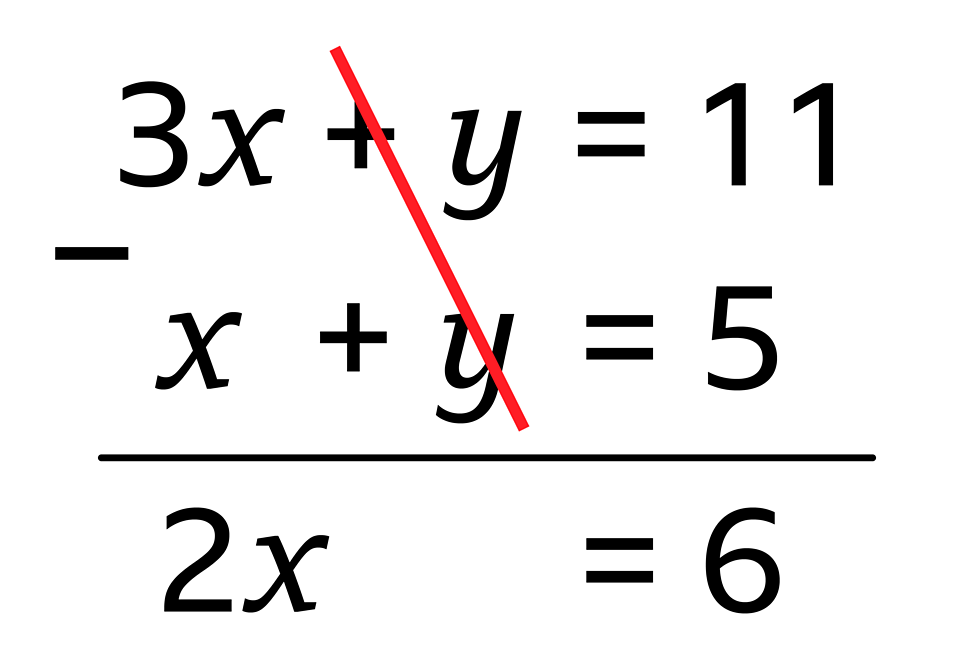
Quadratic simultaneous equations
substitute linear equation into quadratic
solve using factorisation or quadratic formula

Congruent
shapes that are identical in shape and size, may be reflected or rotated
they have equal lengths and angles
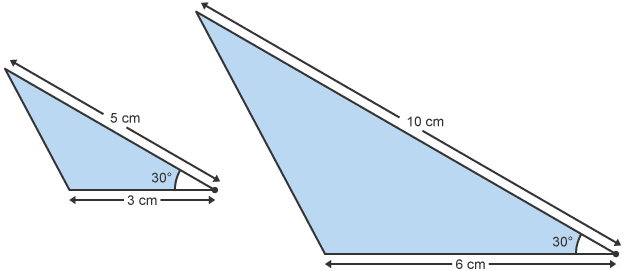
Similar
shapes that are proportional in shape and size, may be reflected or rotated
lengths are enlarged by scale factor
they have equal angles
Effect of scale factor
ratio of similar shapes
length of sides/ perimeter is equal to scale factor e.g 2
area is equal to scale factor squared e.g 2² = 4
volume is equal to scale factor cubed e.g 2³ = 8

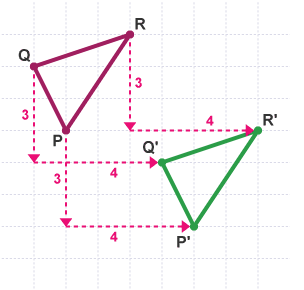
Translation
every point in shape is translated (move) up/down/left/right
count distance moved between points e.g 4 right, 3 down
column vectors are used to describe it e.g (4-3)
(𝑎𝑏) 𝑎 shows horizontal, 𝑏 shows vertical
+ve to show right/up
-ve to show left/down
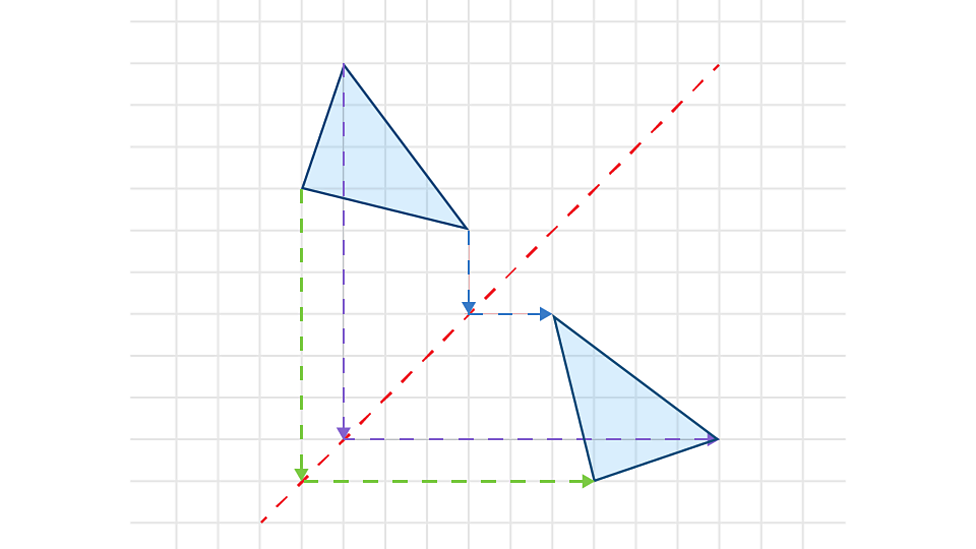
Reflection
every point in shape is reflected (flipped) in line e.g y = x
line can be vertical, horizontal or diagonal
count distance from line of reflection and plot on other side
𝑦 = 𝑎 (𑁋) 𝑥 = 𝑎 ( ⏐ )
𝑦 = 𝑥 (╱) 𝑦 = -𝑥 (╲)

Rotation
every point in shape is rotated (turned) about fixed point, the centre of rotation
determine degrees rotated, clockwise or anticlockwise
use tracing paper to draw rotation
trace around shape on paper
hold down pencil at the centre of rotation
rotate tracing paper and copy the image
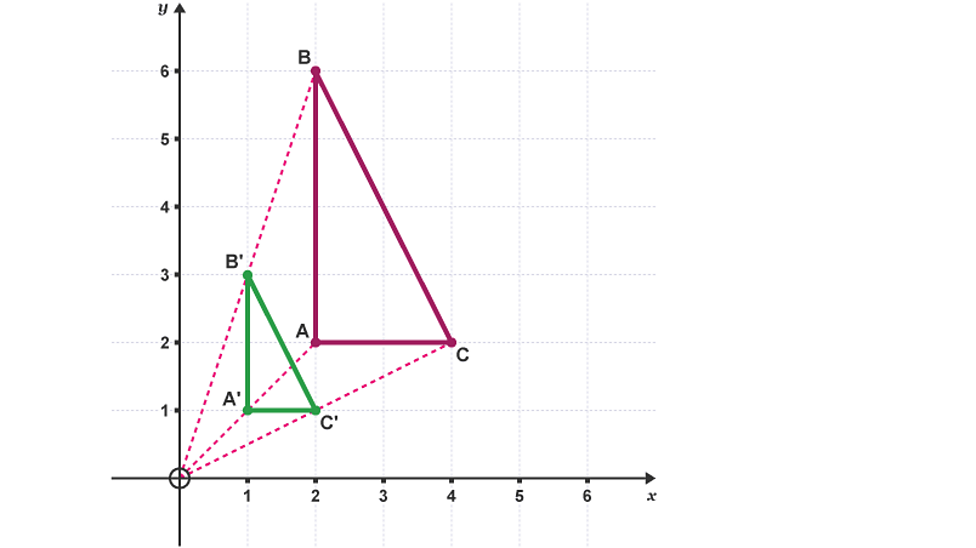
Enlargement
every point in shape is enlarged (grown) by scale factor about fixed point, the centre of enlargement
multiply distance from centre to original shape by scale factor
fractional scale factor makes it smaller
-ve scale factor makes it bigger in the opposite direction
draw lines through corners of shapes, they meet at centre of enlargement
Linear sequences
𝑛th term = 𝑎𝑛 + 𝑏
find common difference
multiply by 𝑛
add number before first term

Fraction sequences
treat as two linear sequences and give answer as fraction e.g 𝑛/ 2𝑛 + 1
top is 𝑛th term of numerator sequence
bottom is 𝑛th term of denominator sequence
Quadratic sequences
𝑛th term = 𝑎𝑛² + 𝑏𝑛 + 𝑐
find difference and half it
write out sequence of 𝑎𝑛²
subtract from original sequence to give linear
find 𝑛th as normal

Probability
written as decimal or fraction, all probabilities add up to 1
P = number of outcome/ total possible outcomes

Relative frequency
higher number of trials is more reliable
RF = number of times event happens/ total number of trials
expected number = probability × total number of trials
Product rule for counting
to find total number of outcomes multiply number of outcomes for each event
e.g menu offers 4 starters, 7 mains and 3 desserts
∴ 4 × 7 × 3 = 84 combinations
Mutually exclusive (OR → ADD)
two events that can’t happen at the same time
P(A or B) = P(A) + P(B)
Independent events (AND → MULTIPLY)
outcome of first event does not affect outcome of another event
P(A and B) = P(A) × P(B)
Dependent events (THEN → MULTIPLY CONDITIONAL)
outcome of first event does affect outcome of another event
P(A then B) = P(A) × P(B;A)
;A js means A already happened, not replaced
Inequalities on number line
use ‘x’ for integer values and arrows for real values
●→ including (≤ or ≥)
○→ not including (< or >)
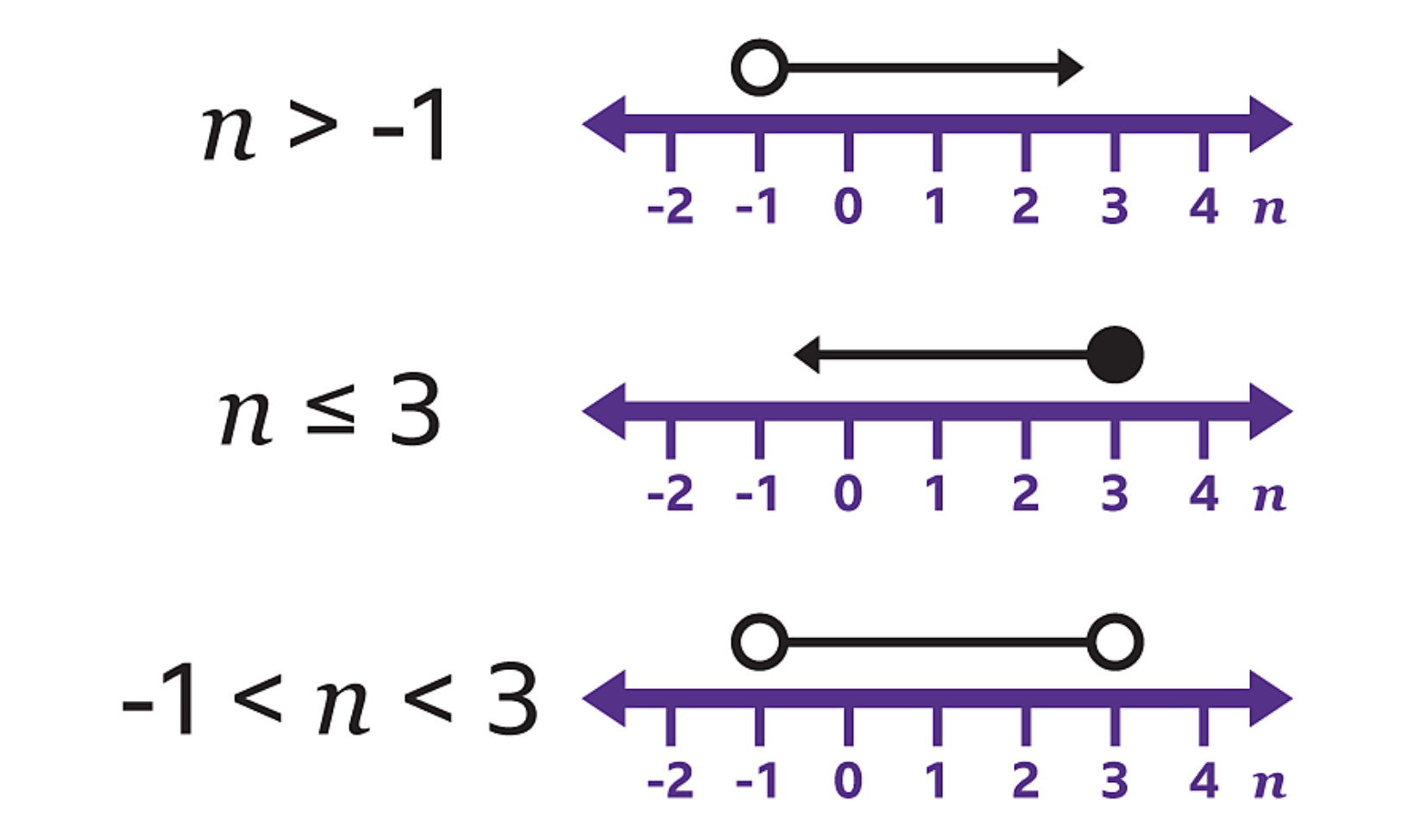
Inequalities graphically
< or > dashed line (┈)
≤ or ≥ solid line (━)
when shading, sub in a point to inequality, if it is correct keep that side, if not shade it
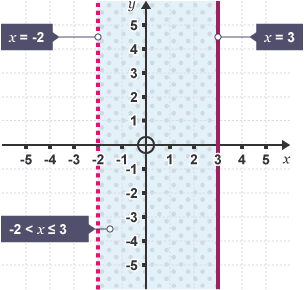
Solving inequalities
same as equations but replace = in solution with inequality sign
split double inequalities and solve separately
Rational
can be written as a fraction, includes recurring decimals
Irrational
can’t be written as a fraction e.g multiples of π or √ of non square
Fraction to decimal
divide numerator by denominator until you get repeated pattern
Decimals to fraction
put decimal over 1 and multiply by 10, 100 or 1000, then simplify
Recurring decimals to fractions
0.816
*let 𝑟 equal recurring decimal*
𝑟 = 0.816816816816
*multiply by 10, 100 or 1000, maintaining pattern after decimal*
1000𝑟 = 816.816816816816
*take 𝑟, or a multiple of 𝑟, away so recurring decimal cancels out*
1000𝑟 - 𝑟 = 999𝑟
999𝑟 = 816.816816 - 0.816816
999𝑟 = 816
*place in fraction and simplify*
𝑟 = 816/999
𝑟 = 272/333
If asked for exact value
leave as surd or fraction of recurring decimal
Surds
√𝑎 × √𝑎 = (√𝑎)² = 𝑎
√𝑎 × √𝑏 = √𝑎 × 𝑏
√𝑎 ÷ √𝑏 = √𝑎 ÷ 𝑏
𝑐√𝑏 × 𝑑√b = 𝑐 × 𝑑√𝑏
𝑐√𝑏 ÷ 𝑑√b = 𝑐 ÷ 𝑑√𝑏
𝑎√𝑏 ± 𝑐√b = 𝑎 ± 𝑐√𝑏
√𝑎 = 𝑎1/2
FOIL
(2 + √5)(2 - √5)
*multiply First, Outside, Inside and Last*
𝑥2 - 2√5 + 2√5 - 5

Simplifying surds
√75 + 9√12
*rewrite surds as product of 2 numbers, one the largest square factor*
√(25 × 3) + 9√(4 × 3)
*square root factor*
√(5² × 3) + 9√(2² × 3)
*square root takes outside surd*
5√3 + 9 × 2√3
*combine surds*
5√3 + 18√3 = 23√3
Rationalising the denominator
6 + √3 / √3
*multiply numerator and denominator by surd, √3*
6 + √3 × √3 / √3 × √3
*simplify surds*
6 + √3 / 3
*simplify fraction*
2 + √3
Binary
number system based on powers of 2
place value: 64 32 16 8 4 2 1
numbers are either 1 or 0
Binary to decimal
100111
*put in place values*
64 32 16 8 4 2 1
0 1 0 0 1 1 1
*sum place values multiplied by numbers*
64(0) + 32(1) + 16(0) + 8(0) + 4(1) + 2(1) + 1(1)
= 39
Decimal to binary
84
*divide by 2 until 0, include remainder*
84 ÷ 2 = 42 r 0
42 ÷ 2 = 21 r 0
21 ÷ 2 = 10 r 1
10 ÷ 2 = 5 r 0
5 ÷ 2 = 2 r 1
2 ÷ 2 = 1 r 0
1 ÷ 2 = 0 r 1
*read remainders going upwards*
1010100
Compound interest
𝑝(1 + 𝑟 ÷ 100)𝘵

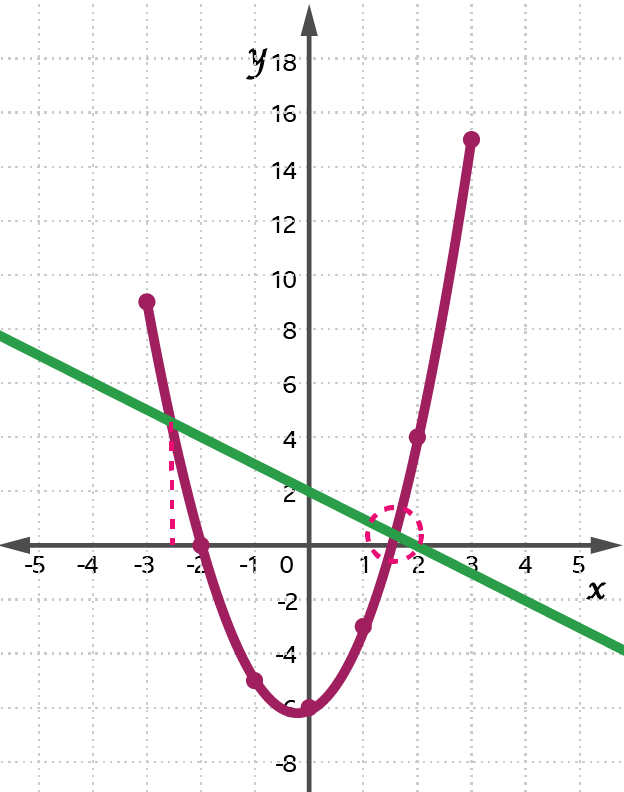
Graphical Solutions
find difference of equations; equation of graph drawn subtract equation given
2𝑥2 + 𝑥 - 6 = 0 is drawn
2𝑥2 + 2𝑥 - 8 = 0 is given
-𝑥 + 2 is the difference
draw linear graph of the difference
x value at points of intersection on graph are solution
Quadratic graph
𝑦 = 𝑎𝑥2 + 𝑏𝑥 + 𝑐𝑏
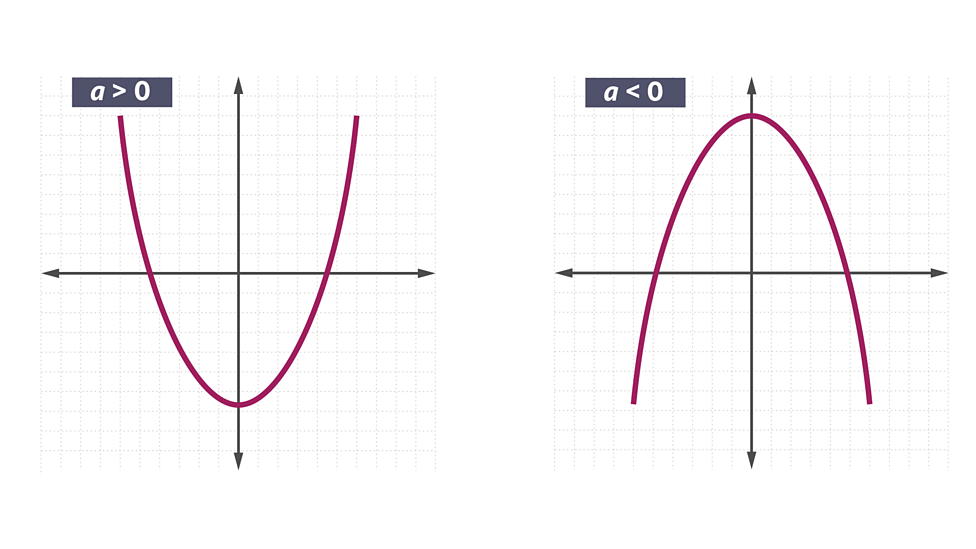
Cubic graphs
𝑦 = 𝑎𝑥3 + 𝑏𝑥2 + 𝑐𝑏 + 𝑑

Reciprocal graphs
𝑦 = 𝑎/𝑥
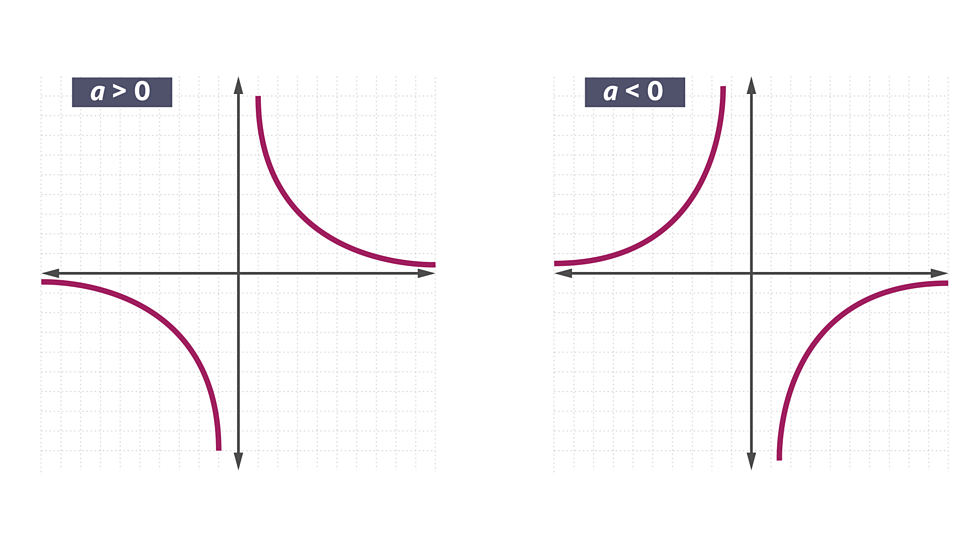
Exponential graphs
𝑦 = 𝑎𝑥
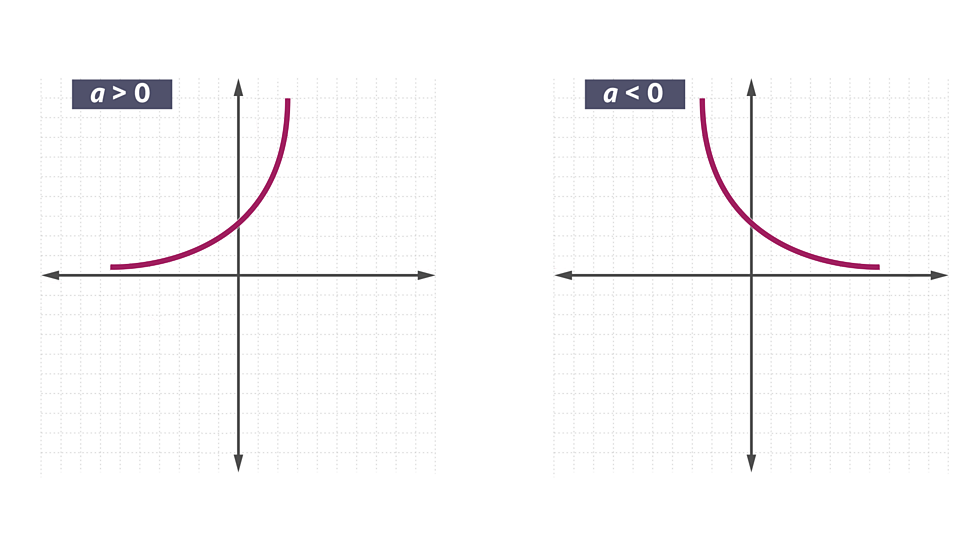
Gradient of a curve
draw tangent at the point on the curve
use gradient equation (rate of change at that point)
e.g gradient of curve when x = 2 is 8
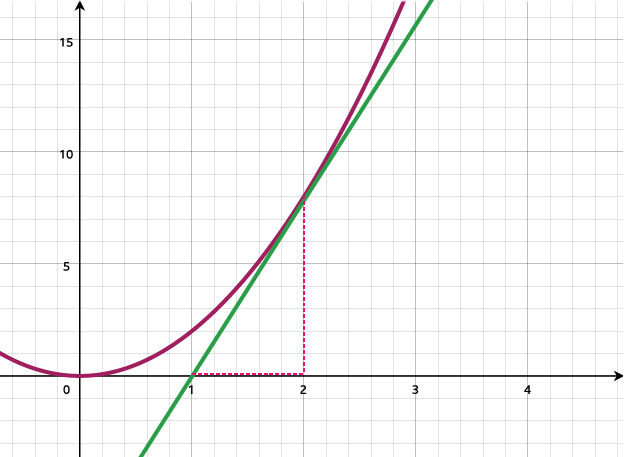
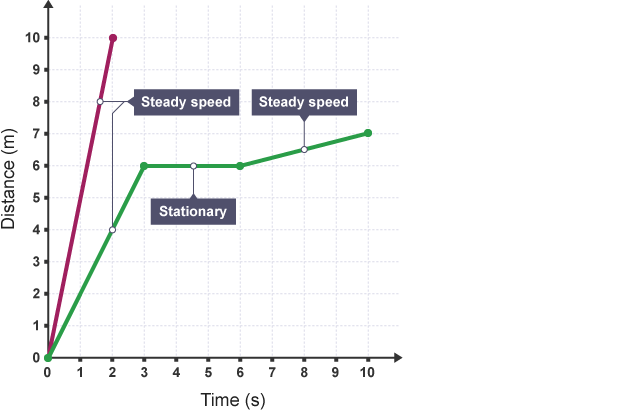
Speed
speed = distance ÷ time
always check units
when reading graph
steeper line means travelling faster
horizontal line means its stopped
if velocity, line going down means travelling back
Bearings
measured from north
given in 3 figures
Angles in polygons
sum of exterior = 360°
sum of interior = (𝑛 - 2) × 180
interior + exterior = 180°
exterior of regular polygon = 360/ 𝑛

Direct proportion
𝑇 ∝ 𝑟 → 𝑇 = 𝑘𝑟

Indirect proportion
𝑇 ∝ 1/𝑟 → 𝑇 = 𝑘/𝑟
Gradient
(𝑦2 - 𝑦1) ÷ (𝑥2 - 𝑥1)

Length of line
√(𝑥2 - 𝑥1)2 + (𝑦2 - 𝑦1)2
Parallel lines
same gradient

Perpindicular lines
negative reciprocal gradient (flip fraction + change sign)

Constructions and loci
show all construction arcs to get marks
Metric and imperial unit conversion
1 inch ≈ 2.5cm
1 mile ≈ 1.6km
1kg ≈ 2.2 lbs
1 litre ≈ 1.75 pints
Square numbers
1, 4, 9, 16, 25, 36, 49, 64, 81, 100, 121, 144, 169, 196, 225
Cube numbers
1, 8, 27, 64, 125, 216
Prime numbers
2, 3, 5, 7, 11, 13, 17, 19, 23, 29, 31